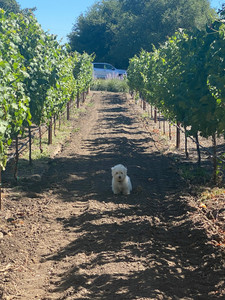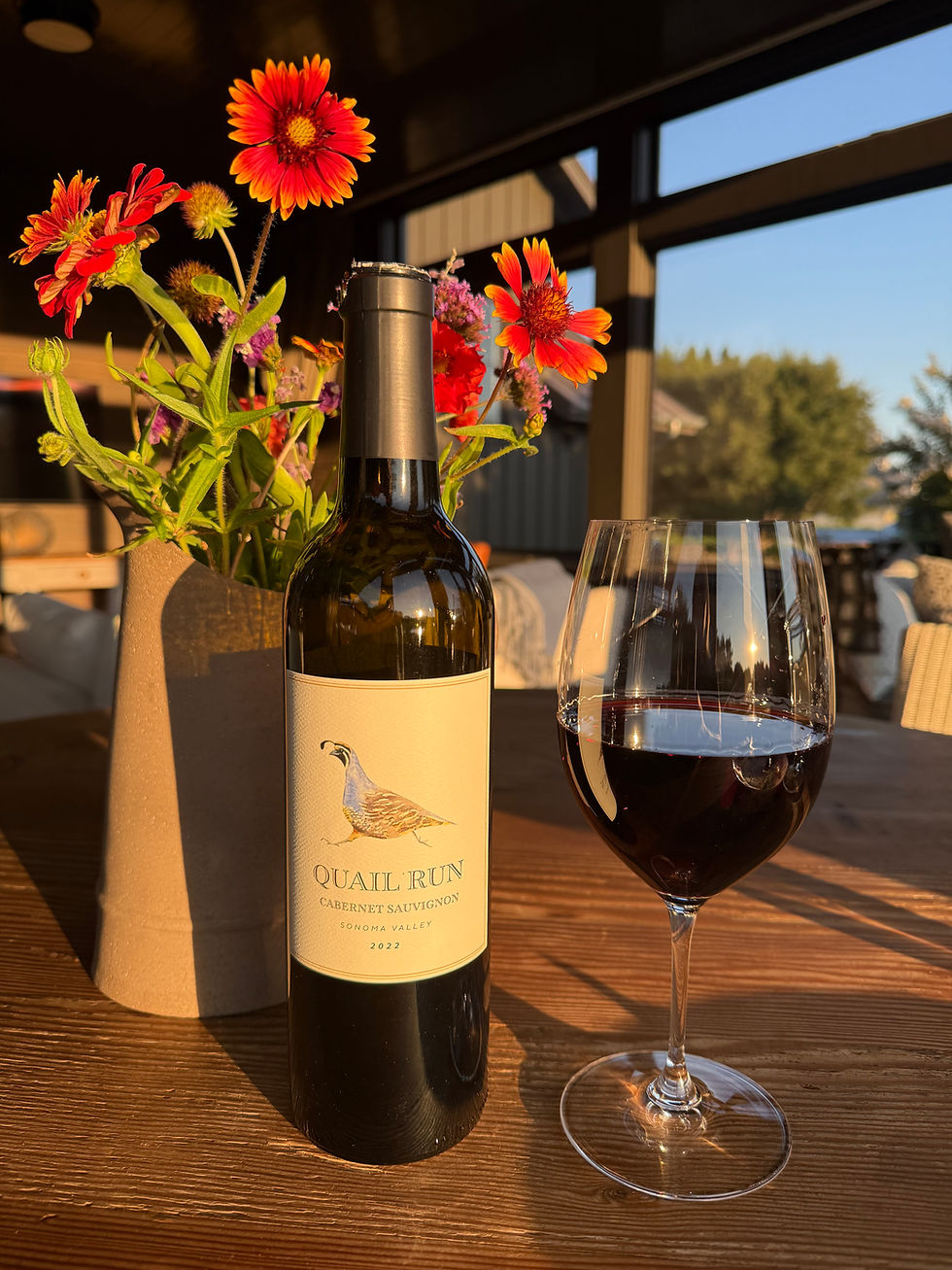Chapter 4: Stewards of the Land
- Janette Keating
- Nov 30, 2020
- 2 min read

With ten acres to maintain, we soon witnessed how the earth can look after itself if we don’t cultivate it! The first summer in Sonoma proved to be an eye-opening time when we discovered that our property was very fertile! The area closest to the house was always taken care of with the yard of grass and flowers but anything beyond that grew wild and tall! The field was like a thick wall of tall hay-like grass. Our good neighbors who are now our friends, suggested that we take care of this fire hazard before it was too late. We realized that we needed a tractor and equipment to cut the field a couple of times a year.

This is more than we bargained for when we chose the house. The long drive up to the place was a great approach as the home was set in the middle of the property. However, when the grasses grew tall, we were almost buried there and we needed a plan!
We enlisted a landscape architect to plan our property development. Mike Lucas highly recommended the Nuñez vineyard management team: (nunezvineyard.com) to help us get started with a vineyard development project. This began even before our home was finished and that was a good thing, because it takes years to cultivate a vineyard! We had soil tests, well water tests, and made amendments to the soil. The first year, the rows were established and a very hearty and disease resistant St. George Rootstock was planted because it grows long roots and can withstand the dry farming method. The rootstock began to sprout and grow almost immediately and it was exciting for us to see! Neat straight rows of vines seemed orderly and it gave us the impression we might finally have some ability to control the wild tendencies of nature.
The second year, after the vines were cut down to the ground, a cabernet sauvignon shoot was grafted on to the rootstock. After watching the new vines take off the previous year, it seemed counter-productive to cut them down. But in order to grow a robust vine, this step is necessary each year. We decided to grow Cabernet Sauvignon because it loves the hot summer sun and our conditions are ideal for it. It grew and flourished until late summer and then again, it was cut right back!
During the winter months when the vines are dormant, a cover crop of fava beans is grown between the rows. This plant when turned under each spring nourishes the ground and contributes to a naturally sustainable vineyard. Over the past few years, Our vines have become bigger and stronger
and in 2019 when we saw grapes growing in large clusters, it was truly exciting! Once again, it broke our hearts when the Nuñez team cut off all the grapes to allow the vines to continue their growth till the end of the season. A flock of turkey vultures was quick to arrive and eat the fruit that had been dropped.
Patience is a virtue. It wasn’t until the fall of 2020 that we were able to actually harvest grapes for the first time. This was a celebration! And the fun begins!










Comments